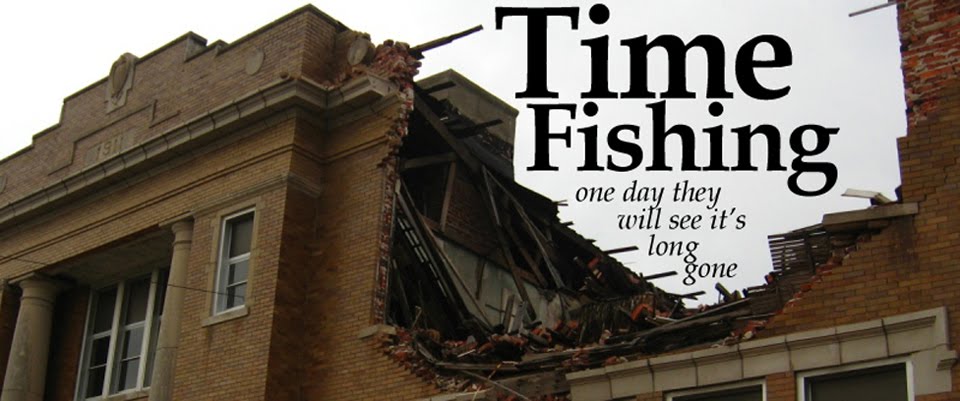The Rock Island railroad originated in a town of the same name in northern Illinois. I believe the part that came through Searcy was a spur that terminated right at the edge of downtown. The depot was right across the street from Spring Park, a destination for many travelers to Searcy in its pioneer days.

The Rock Island depot was notable because it was brick and expensive. No one was really sure why the railroad built such an extravagant building in Searcy, because the town wasn't exactly a major destination for the railroad, even with the sulphur spring. But build it they did.
I love to imagine the geography and feel of the town when all three of these railroads were operating in its borders. Imagine hearing those steam locomotive whistles every few hours? And being able to hop on a wooden M&NA car and taking a scenic trip up to Pangburn or Letona? Assuming it came in on time.
The Rock Island depot was turned into a car dealership for a while in the 1960s, but sometime in that period it was demolished. Here is the same location now from the above picture:

The brick building on the left is a law firm, but if you study the historic photograph, you can see that it was once a ticket office.
By far the most ironic thing to me about these buildings is how Searcy struggled to get the railroads to notice it while other towns nearby like Kensett, Judsonia and Beebe reveled in the major arteries passing right through them. But now nobody goes to Kensett, Judsonia or Beebe, and they still have those rails.
Hm.
-Jonesy







